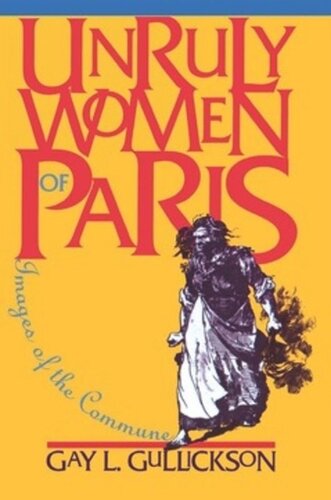

Most ebook files are in PDF format, so you can easily read them using various software such as Foxit Reader or directly on the Google Chrome browser.
Some ebook files are released by publishers in other formats such as .awz, .mobi, .epub, .fb2, etc. You may need to install specific software to read these formats on mobile/PC, such as Calibre.
Please read the tutorial at this link: https://ebookbell.com/faq
We offer FREE conversion to the popular formats you request; however, this may take some time. Therefore, right after payment, please email us, and we will try to provide the service as quickly as possible.
For some exceptional file formats or broken links (if any), please refrain from opening any disputes. Instead, email us first, and we will try to assist within a maximum of 6 hours.
EbookBell Team

4.0
26 reviewsIn this vividly written and amply illustrated book, Gay L. Gullickson analyzes the representations of women who were part of the insurrection known as the Paris Commune. The uprising and its bloody suppression by the French army is still one of the most hotly debated episodes in modern history. Especially controversial was the role played by women, whose prominent place among the Communards shocked many commentators and spawned the legend of the pétroleuses, women who were accused of burning the city during the battle that ended the Commune.
In the midst of the turmoil that shook Paris, the media distinguished women for their cruelty and rage. The Paris-Journal, for example, raved: "Madness seems to possess them; one sees them, their hair down like furies, throwing boiling oil, furniture, paving stones, on the soldiers." Gullickson explores the significance of the images created by journalists, memoirists, and political commentators, and elaborated by latter-day historians and political thinkers. The pétroleuse is the most notorious figure to emerge from the Commune, but the literature depicts the Communardes in other guises, too: the innocent victim, the scandalous orator, the Amazon warrior, and the ministering angel, among others.
Gullickson argues that these caricatures played an important role in conveying and evoking moral condemnation of the Commune. More important, they reveal the gender conceptualizations that structured, limited, and assigned meaning to women as political actors for the balance of the nineteenth and well into the twentieth century.